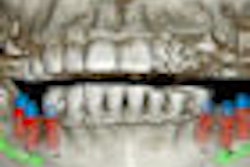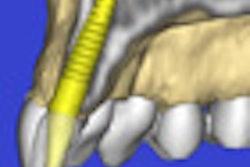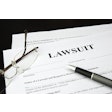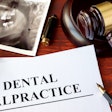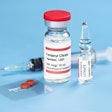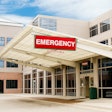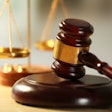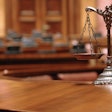Orthodontists should defer to radiologists in the reading and interpretation of cone-beam CT (CBCT) scans to protect themselves from malpractice litigation due to missed nonorthodontic lesions, according to a study in the American Journal of Orthodontics and Dentofacial Orthopedics.
Researchers from the University of Michigan School of Dentistry wanted to determine how well orthodontists and orthodontic residents could identify nonorthodontic incidental findings and false positives in CBCT scans (Am J Orthod Dentofacial Orthop April 2012, Vol. 141:4, pp. 451-459).
From a database, they selected two groups of 10 CBCT scans containing equal numbers of scans with either no, one, or several abnormal nonorthodontic lesions. Eight orthodontists and eight orthodontic residents screened the scans before and after taking a basic CBCT course.
In the initial screening, the study participants correctly identified 41.1% of the lesions; after the training course their lesion-detection rate improved to a mean of 56.7% (p < 0.0005). In addition, the mean percentage of correctly identified extragnathic lesions improved from 22% to 48% (p < 0.0005) and correctly identified temporomandibular joint lesions improved from 20% to 55% (p = 0.01) after the training. In contrast, the rate of correctly identified dentomaxillofacial lesions remained largely unchanged before and after the training.
Both groups of evaluators had approximately five false-positives per 10 scans before training and demonstrated significant decreases in false positives after training.
"Given these findings, and since the most frequent cause of medical radiology malpractice litigation is due to missed lesions, it is recommended that an appropriately trained radiologist should be involved in reading and interpreting cone-beam CT scans," the study authors concluded.





